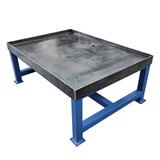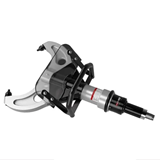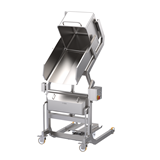Explore fiber laser cutting machine costs, types, and buying tips for Australian businesses. Find the right equipment with our expert guide!
Key Takeaways
- Price Range: Fiber laser cutting machines range from $3,800 to $1M.
- Machine Types:
- Desktop: $3,800–$10,000 (small-scale)
- Mid-Range: $50,000–$150,000 (medium-sized)
- Industrial: $200,000–$1M (heavy-duty)
- Considerations: Power, work area size, regular maintenance, and compliance with Australian safety standards.
- Financing: Loans/leases (4%-12% interest) offer flexible terms; leasing suits frequent upgrades, while purchasing provides long-term savings.
- Warranties: 12-24 months covering parts and labour; service agreements for ongoing support.
Introduction
A fiber laser cutting machine is a game-changing investment for businesses involved in metal fabrication, signage, manufacturing, and other precision-based industries. These machines use a highly focused laser beam to cut materials like stainless steel, aluminium, copper, and brass with extreme accuracy. Unlike traditional CO2 laser cutters, fiber lasers are more energy-efficient, require less maintenance, and offer greater cutting speeds.
This guide will help you navigate the Australian market, understand pricing structures, identify key buying factors, and ensure compliance with local regulations.
Types of Fiber Laser Cutting Machines
1. Desktop Fiber Laser Cutting Machines
- Best For: Small businesses, hobbyists, and prototyping
- Typical Power: 20W – 100W
- Materials: Thin metals, jewellery, and engravings
- Price Range: $3,800 – $10,000
2. Mid-Range Fiber Laser Cutting Machines
- Best For: Small-to-medium manufacturers, metal workshops
- Typical Power: 500W – 3kW
- Materials: Stainless steel, carbon steel, aluminium
- Price Range: $50,000 – $150,000
3. Industrial-Grade Fiber Laser Cutting Machines
- Best For: Heavy-duty manufacturing and large-scale production
- Typical Power: 4kW – 30kW
- Materials: Thick steel plates, industrial metal parts
- Price Range: $200,000 – $1,000,000
Key Factors Affecting Prices
1. Laser Power
- The higher the wattage, the thicker the material it can cut.
- 1kW can cut up to 12mm mild steel, while a 6kW laser can cut up to 25mm.
2. Cutting Bed Size
- Standard sizes range from 1300mm x 900mm (small) to 6000mm x 2000mm (industrial).
- Larger cutting areas accommodate bigger workpieces but increase machine costs.
3. Additional Features
- Automatic loading/unloading systems can save labour costs.
- Air assist and nitrogen cutting improve cutting quality and reduce oxidation.
- Software capabilities affect ease of use and automation potential.
Operating a Fiber Laser Cutting Machine
Setup and Installation
- Ensure sufficient space for the machine, ventilation systems, and safety zones.
- Industrial machines often require three-phase power and dedicated cooling systems.
Safety Precautions
- Use protective eyewear to avoid laser exposure.
- Keep the workspace free from flammable materials.
- Train operators in emergency shut-off procedures.
Material Compatibility
- Fiber lasers efficiently cut metals but struggle with wood and acrylics.
- Different gases (oxygen, nitrogen, or compressed air) impact the cut quality.
Maintenance and Spare Parts
Routine Maintenance
- Clean lenses and mirrors weekly to prevent beam distortion.
- Check the laser source for optimal power output.
- Replace nozzles and filters as per manufacturer guidelines.
Common Replacement Parts and Costs
- Protective lens: $50 – $300
- Nozzles: $10 – $100 each
- Cooling unit (chiller system): $2,000 – $10,000
Financing and Leasing Options
1. Equipment Financing
- Options: Business loans or leases spread the cost over time with manageable monthly payments.
- Interest Rates: Typically range from 4% to 12%, depending on your credit score and loan term.
- Tax Benefits: Leasing may offer tax deductions, treating lease payments as operational expenses.
2. Lease vs. Purchase
- Leasing: Ideal for businesses needing lower upfront costs and frequent upgrades. It offers flexibility but may be more expensive long-term.
- Purchasing: Higher initial cost but long-term savings and full ownership. You also gain control over upgrades and modifications.
Warranties and After-Sales Support
Standard Warranties
- Typically cover parts and labour for 12 to 24 months, excluding consumables like nozzles.
- Extended warranties are available for critical components, offering added peace of mind.
Service Agreements
- Annual Servicing: Includes regular checks, recalibration, and preventive maintenance to extend machine life.
- Emergency Support: Offers rapid response to minimise downtime. Cost varies by service package.
Compliance and Certification in Australia
Workplace Health & Safety (WHS) Compliance
- Machines must meet WHS standards to ensure safe operation and prevent accidents, including protective features like shields and emergency stops.
Electrical Safety Regulations
- Equipment must comply with AS/NZS 61000 and AS/NZS 60204, ensuring electrical safety. Installation should be done by a licensed electrician.
Laser Classification Standards
- Machines are classified by their safety risk. Ensure your equipment meets the appropriate laser class and safety features (e.g., Class 1 to Class 4) for your application.
Frequently Asked Questions
1. What materials can fiber laser cutting machines process?
Fiber lasers cut metals like stainless steel, mild steel, aluminium, brass, and titanium. Some machines can also mark plastics and ceramics but are less effective on wood and acrylic.
2. How do I determine the appropriate laser power for my needs?
Choose power based on material thickness:
- 1kW: Up to 12mm mild steel
- 3kW: Up to 20mm mild steel
- 6kW+: Up to 25mm+ mild steel
3. Are used machines a viable option?
Yes, buying a second-hand machine can be cost-effective, but ensure it has a service history and a warranty if possible.
4. What is the lifespan of a fiber laser source?
Most fiber laser sources last around 100,000 hours, making them highly durable with minimal maintenance needs.
5. Can I upgrade the laser power in the future?
Some machines allow for power upgrades, but it’s best to confirm this with the manufacturer before purchasing.
Conclusion
Purchasing a fiber laser cutting machine is a significant investment that can transform your manufacturing capabilities. Understanding pricing, machine types, and operational requirements ensures you make an informed decision. Always consider long-term maintenance costs, financing options, and compliance requirements to maximise your investment.
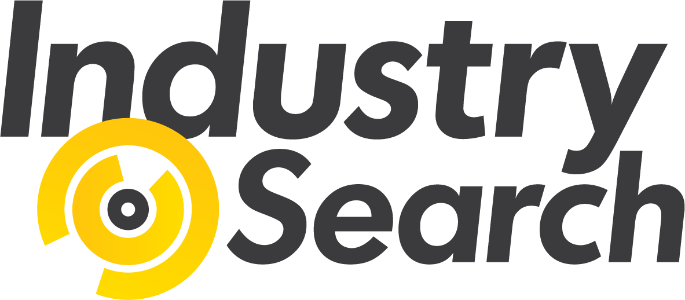
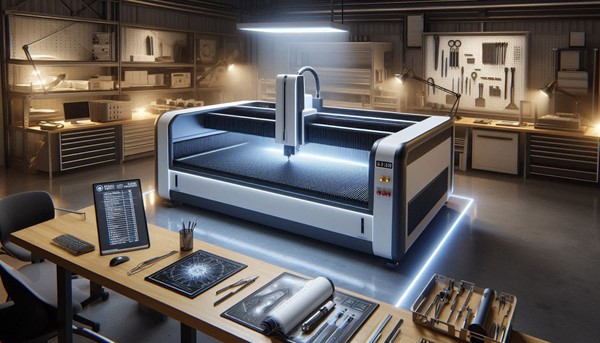
-160x160-state_article-rel-cat.png)

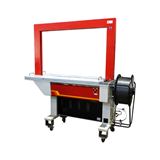

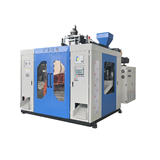
-160x160-state_article-rel-cat.png)

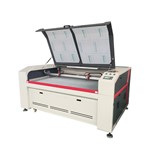


-160x160-state_article-rel-cat.png)




